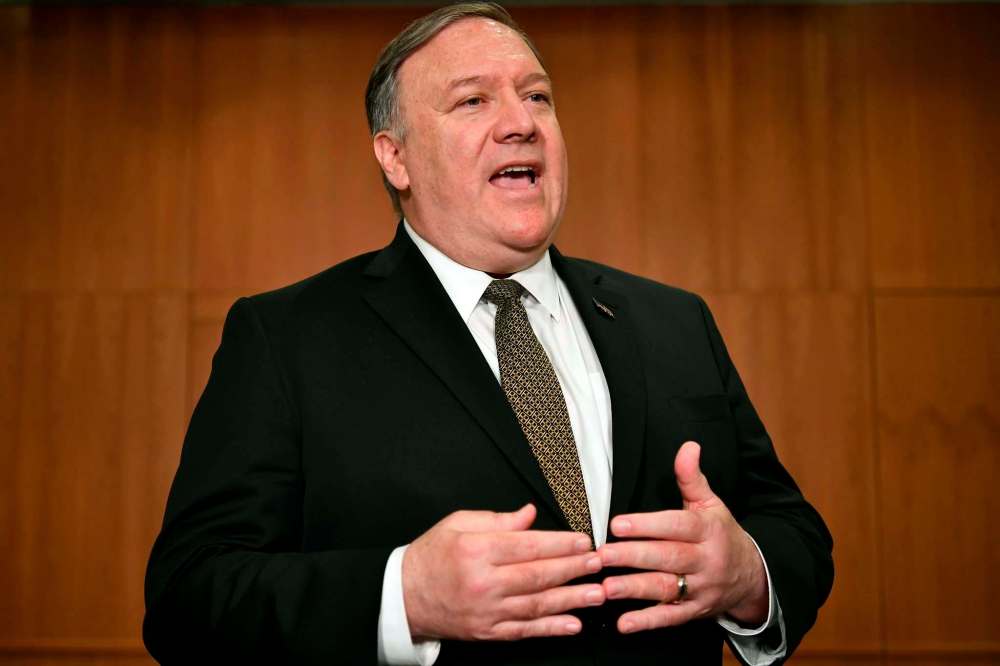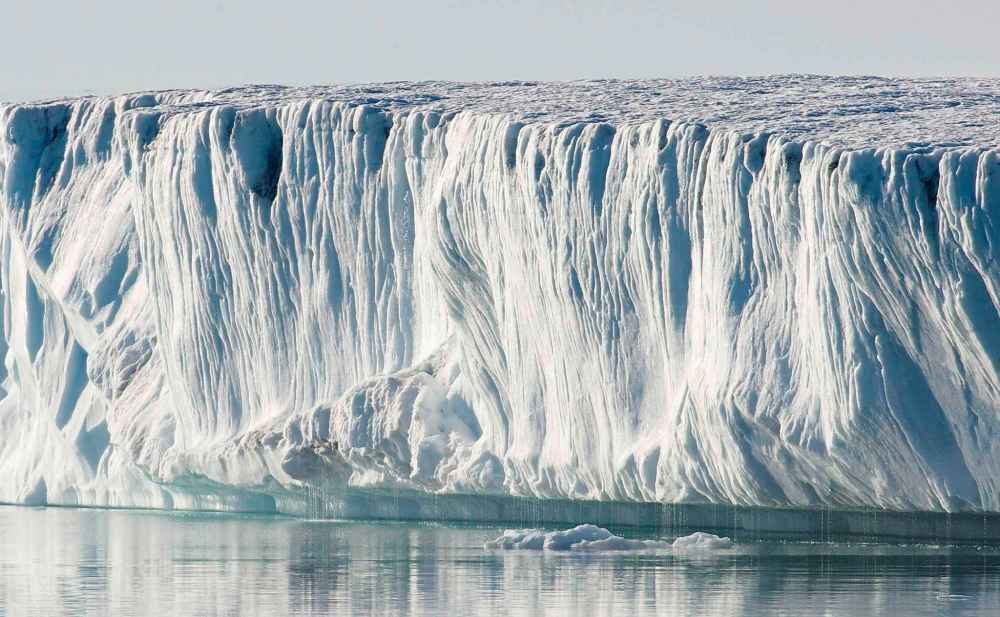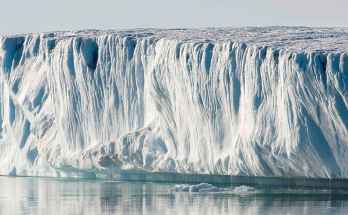Bizarro logic impedes Arctic protection talks
Read this article for free:
or
Already have an account? Log in here »
To continue reading, please subscribe:
Monthly Digital Subscription
$0 for the first 4 weeks*
- Enjoy unlimited reading on winnipegfreepress.com
- Read the E-Edition, our digital replica newspaper
- Access News Break, our award-winning app
- Play interactive puzzles
*No charge for 4 weeks then price increases to the regular rate of $19.00 plus GST every four weeks. Offer available to new and qualified returning subscribers only. Cancel any time.
Monthly Digital Subscription
$4.75/week*
- Enjoy unlimited reading on winnipegfreepress.com
- Read the E-Edition, our digital replica newspaper
- Access News Break, our award-winning app
- Play interactive puzzles
*Billed as $19 plus GST every four weeks. Cancel any time.
To continue reading, please subscribe:
Add Free Press access to your Brandon Sun subscription for only an additional
$1 for the first 4 weeks*
*Your next subscription payment will increase by $1.00 and you will be charged $16.99 plus GST for four weeks. After four weeks, your payment will increase to $23.99 plus GST every four weeks.
Read unlimited articles for free today:
or
Already have an account? Log in here »
Hey there, time traveller!
This article was published 10/05/2019 (2409 days ago), so information in it may no longer be current.
This is what it has come to: a meeting of the Arctic Council this week in Finland could not deliver a consensus statement on the challenges created in the polar region by global warming, because one member state — you guessed it, the United States of America — disagrees that climate change is a serious threat to the Arctic.
In fact, U.S. Secretary of State Mike Pompeo would not even utter the words “climate change” in his closing address. Instead, he talked about the untapped oil and gas potential of the Arctic and aimed a few political broadsides at other member countries, including China, Russia and Canada.

In Canada’s case, Mr. Pompeo cited this country as one the U.S. views as making “illegitimate” claims to Arctic sovereignty, specifically stating that “the U.S. has a long-contested feud with Canada over sovereign claims through the Northwest Passage.”
Which, of course, is hogwash of the alternative-facts variety that is readily dispensed during the topsy-turvy times of the Trump administration. Canada and the U.S. have, since the Mulroney/Reagan era, operated under a compromise understanding that allows Canada to identify the Northwest Passage as sovereign territory while the U.S. designates it as international waters.
Inaccurate oratory inflammations aside, what made Mr. Pompeo’s address remarkable was the manner in which, in a meeting in which every interested party — eight member countries with borders on the Arctic and six Indigenous groups with direct northern interests — had a direct stake in confronting the climate-related threats to the polar region, he made the strategic decision to not even acknowledge the reality of climate change.
While other countries struggle with strategies to mitigate the effects of rising sea levels, mass wildlife extinction and increasingly severe weather, the U.S. secretary of state took the position that melting polar ice caps represent a business opportunity.
“Steady reductions in sea ice are opening new naval passageways and new opportunities for trade, potentially slashing the time it takes for ships to travel between Asia and the West by 20 days,” Mr. Pompeo said, likely with a straight face. “Arctic sea lanes could become the 21st century’s Suez and Panama canals.”
Meanwhile, back in Washington, D.C., the secretary’s boss was invoking executive privilege to block a co-equal branch of government’s access to information crucial to national security, escalating trade wars that further diminish the U.S.’s global standing and cracking wise in an approving manner when a misguided member of a rally crowd shouted that troops should open fire on asylum-seeking migrants arriving at the southern border.

It’s hard to process all the preposterousness.
It brings to mind the alternate-reality “Bizarro World” introduced into DC Comics’ Superman series back in the 1960s — a cube-shaped planet on which hideous, reverse-logic-driven opposites of Superman, Lois Lane and the like believed that ugly is beautiful, ignorance is admirable and seeking perfection is an indictable offence. On the bizarro planet Htrae (“Earth” spelled backward), up was down; wrong was right; stupid was smart.
One can’t help wondering if a current version of Bizarro World would have a secretary of state named Ekim Oepmop, who would be very gratified that unchecked global cooling is going to be the ruination of his planet. In the backward, square-cornered logic of the leader he represented, truth would be fake; allies would be adversaries; enemies would be friends.
It’s absurd, but no more so than what’s happening at the moment on this spherically inclined and lamentably imperilled planet.











